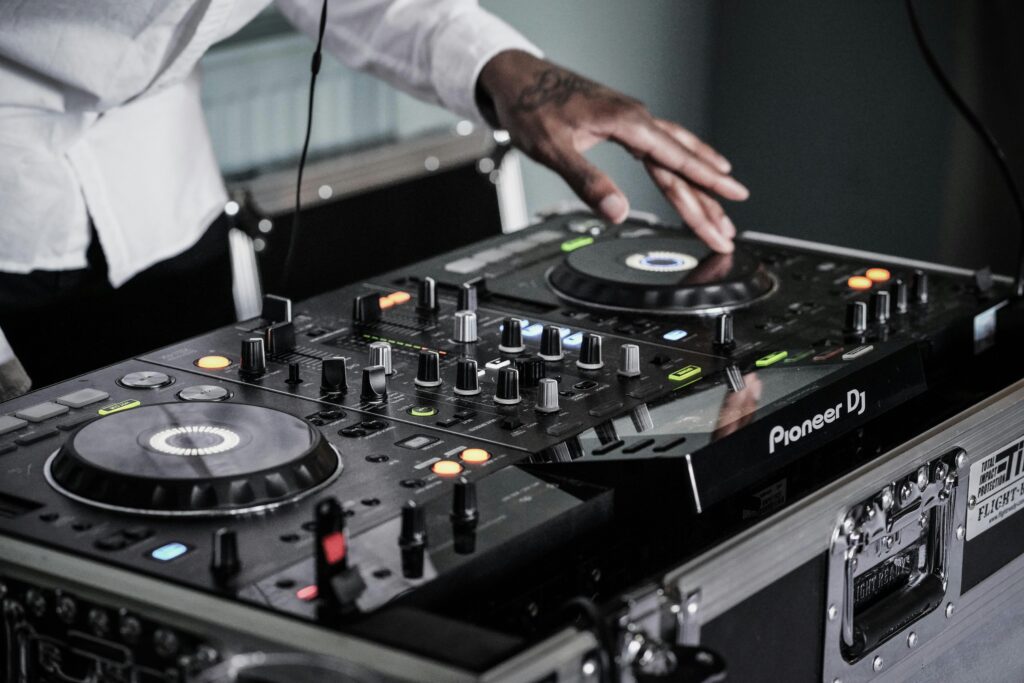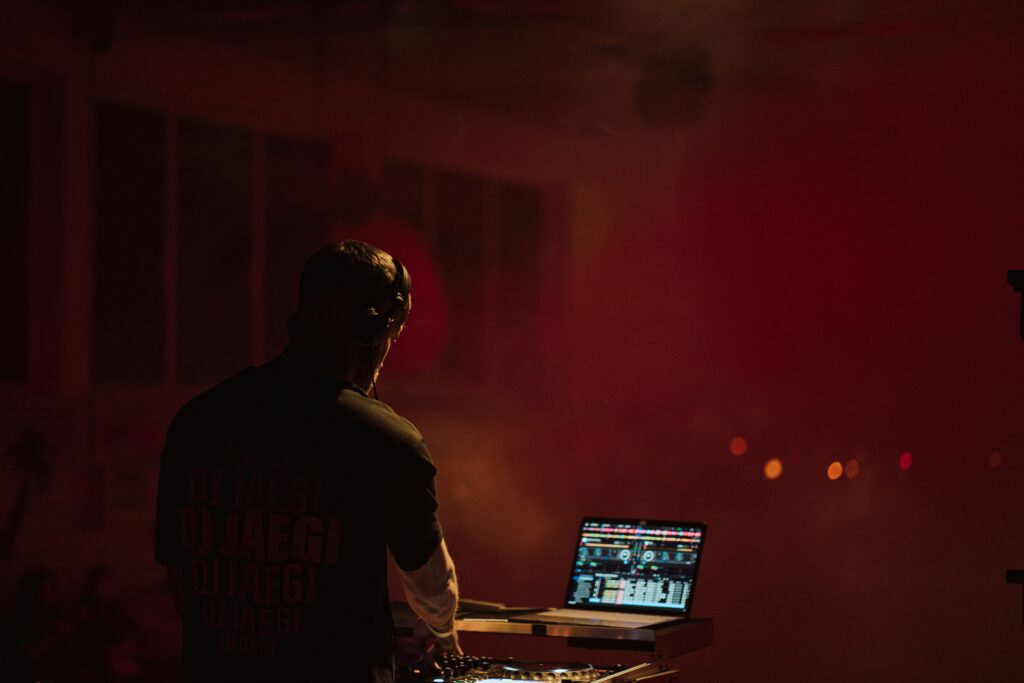How to Create the Perfect DJ Set for Any Crowd

Creating the perfect DJ set requires more than just great tracks—it’s about understanding your audience, reading the room, and crafting a journey that captivates and energizes the crowd. Whether you’re spinning at a club, festival, wedding, or private event, your ability to connect with the audience will make or break the experience. This guide will provide you with actionable steps to create a DJ set that leaves a lasting impression. Step 1: Understand Your Audience Research the Event Before you even think about your playlist, research the event you’re playing at. Ask the following questions: For example, a wedding DJ set might feature pop hits, throwbacks, and crowd-pleasers, while a techno festival demands deeper, more experimental tracks. Know Your Crowd’s Demographics Understanding the demographics helps you predict what the audience will respond to. Older crowds may appreciate classic hits, while younger audiences might prefer trending tracks. Align your DJ set with their preferences to ensure engagement. Step 2: Prepare Your Track Library Organize Your Music A well-organized library is the backbone of a great DJ set. Use tagging and playlists to categorize tracks by: Diversify Your Selection Include a variety of tracks to ensure versatility. Your DJ set should have: Having multiple options allows you to adapt to the audience’s mood in real time. Exclusive Tracks Using exclusive tracks in your DJ set can make your performance stand out. Platforms like TheGhostProduction.com offer a wide range of unique, high-quality tracks across various genres. These tracks are sold with full rights, ensuring your set is truly one of a kind and won’t be duplicated by other DJs. Update Your Library Regularly Stay ahead of the game by keeping your library updated with fresh releases and trending tracks. Online platforms like Beatport, Traxsource, and Spotify can help you discover new music. Step 3: Plan the Structure of Your DJ Set Begin with a Warm-Up Start your DJ set with tracks that ease the audience into the vibe. Keep the energy moderate to allow people to settle in. Build Momentum Gradually Increase the tempo and intensity as the crowd warms up. Each track should build anticipation for the next, creating a smooth journey through different energy levels. Peak at the Right Time Save your biggest tracks for the middle or later parts of your DJ set when the crowd is fully engaged. The peak moments should feel euphoric and memorable. End with Style Close your set with a track that leaves a lasting impression. Whether it’s a high-energy anthem or a chilled-out tune to wind things down, ensure it fits the event’s atmosphere. Step 4: Use Technology to Enhance Your Set Master Beatmatching Seamless transitions are crucial for maintaining the flow of your DJ set. Practice manual beatmatching to ensure your mixes sound professional. Use EQ and Effects Equalization (EQ) and effects like reverb, delay, and filters can add depth to your transitions. Avoid overusing effects, as they can distract from the music. Leverage Harmonic Mixing Harmonic mixing involves matching tracks with compatible keys, creating smoother transitions. Use software like Mixed In Key to analyze your library and identify tracks that blend well together. Step 5: Read the Crowd Observe Audience Behavior Pay attention to how the crowd reacts to your tracks. Are they dancing more to certain genres or tempos? Adjust your DJ set based on their energy. Be Flexible Even the best-planned set might require on-the-spot changes. Be prepared to shift genres or drop a crowd favorite if the vibe demands it. Step 6: Create Smooth Transitions Transition Techniques Use techniques like: Avoid Dead Air Silence can kill the energy of your DJ set. Always have a track queued up and ready to go. Step 7: Add Personal Flair to Your DJ Set Incorporate Remixes and Edits Using your own remixes or exclusive edits can make your DJ set unique and memorable. Tools like Ableton Live are excellent for creating custom versions of tracks. Use Sampling Sampling can add a creative twist to your set. Consider incorporating vocals, sound effects, or loops that enhance the atmosphere. Step 8: Practice, Practice, Practice Rehearse Your Set Run through your DJ set multiple times before the event. This helps you identify any potential issues with transitions, track order, or pacing. Record Your Practice Sessions Recording your practice sessions allows you to analyze your performance and make improvements. Step 9: Engage with the Crowd Use the Microphone Wisely Depending on the event, a few well-timed words on the mic can hype up the audience. Keep it brief and impactful. Interact with the Audience Make eye contact, smile, and respond to the crowd’s energy. Your enthusiasm will encourage them to engage with your DJ set. Step 10: Post-Event Reflection Gather Feedback Ask the event organizer or attendees for feedback on your DJ set. Constructive criticism can help you improve for future gigs. Review Your Performance Analyze what worked well and what didn’t. Keep a record of successful tracks and techniques for future reference. Bonus Tips for Creating the Perfect DJ Set Conclusion Creating the perfect DJ set is both an art and a science. By understanding your audience, preparing meticulously, and staying adaptable, you can deliver a performance that resonates with any crowd. Remember, the ultimate goal is to create an unforgettable experience that keeps people dancing and coming back for more.

